Recyclable and sustainable plastic packaging materials are a major trend in the development of the packaging industry
Our planet needs sustainable packaging solutions
Globally, it is estimated that 42% of plastic is used for packaging, most of which is used for single-use only. So the problems caused by plastic pollution in the ecosystem are long-term and long-lasting.
The recovery rate for plastics is only 10%, which means that 90% of plastics are burned, landfilled or simply discarded into the natural environment. It typically takes 20 to 400 years or more to break down plastic. The fragments or micro-plastics from decomposing plastic remain in the atmospheric cycle, from water to food and soil, and in every aspect of our life . However using sustainable material packaging can break this negative cycle.
More and more countries are introducing decrees to reduce single-use plastic packaging
In 2021, Australia announced the National Plastics Plan, which aims to ban single-use plastics by 2025. In addition to Australia, a growing number of countries and cities around the world are taking action to ban single-use plastics. In the European Union (EU), the Single-Use Plastics Directive (SUPD) aims to combat the 10 most common single-use plastic products on European beaches, which account for 70 percent of all marine litter in the EU. In the U.S., states such as California, Hawaii and New York have introduced legislation to ban single-use plastic products such as plastic bags, forks and food containers. In Asia, countries such as Indonesia and Thailand have taken the lead in calling for measures to ban single-use plastics.
Not all alternatives to plastic packaging are perfect, sustainable use is more important
Data from Ranpak and Harris Research, Inc (HRI) shows that e-commerce customers in the U.S., U.K., France and Germany are willing to work with companies that use sustainable packaging. In fact, more than 70 percent of consumers in all of these countries share this preference, while more than 80 percent of consumers in the UK and France prefer sustainable packaging. Consumers' preference for sustainable packaging has led them to prefer to see paper packaging over plastic to protect the products they buy.
Environment, society and governance, often referred to as ESG strategies, are listed as the key part of many companies’ growth because of the growing ecological awareness of consumers and investors. By enhancing the efficiency of their resources, companies can improve their scores and potentially gain more business value, including improving brand reputation, customer and employee loyalty, and obtaining capital.
The increasing need for environmental action, as well as the win-win needs of enterprises to achieve economic profitability and sustainable development goals, it is safe to say that in the near future, the development of greener, recyclable and sustainable plastic packaging materials will be a major trend in the development of the packaging industry.



















































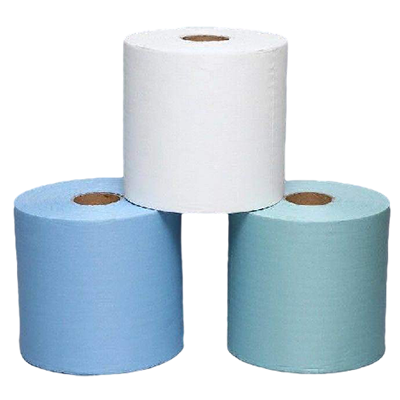

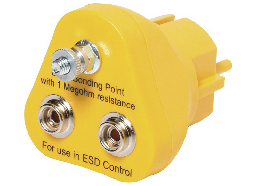


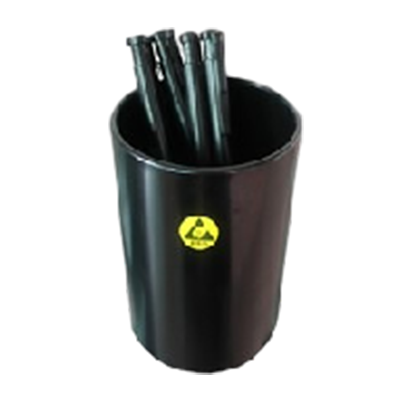


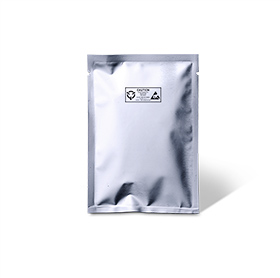
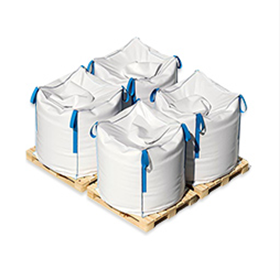



































 18915559236
18915559236 xcbxa@xcgs.com
xcbxa@xcgs.com